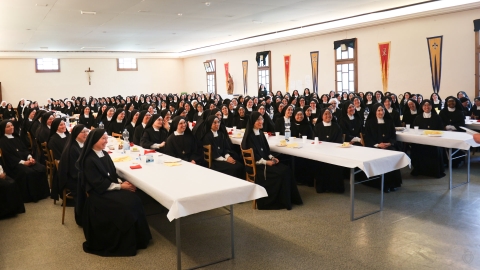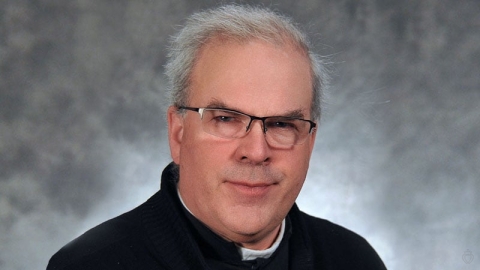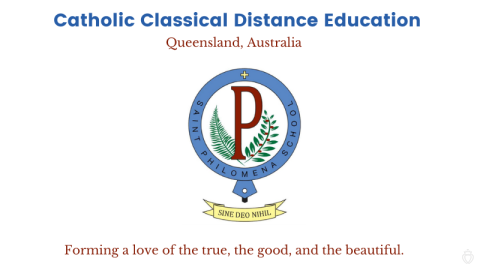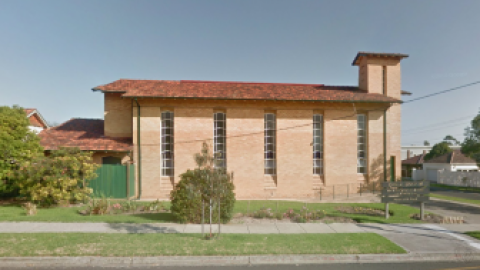Fast and Abstinence: A Reminder for the Season of Lent

The following article lays out two distinct practices - what is required of Catholics, and what is traditionally recommended as part of the practice of a fervent Lent:
Fast and Abstinence required by the Church
Throughout the centuries, the Church has changed the ecclesiastical laws regulating penance, sometimes becoming more strict, sometimes relaxing the discipline.
Only the Church can hold us guilty of mortal sin for failing in this or that specific act of penance.
“Rules for penitential days under present Church law” details the bare minimum of penance which we must accomplish under pain of mortal sin.
However, we certainly offend God by neglecting penance completely over a length of time. Also, one will easily fall into mortal sin who confines penance to only those days and acts required by the current law.
“Guidelines for traditional penitential practices” spells out the strongly recommended practices which were observed until just after the Second Vatican Council.
Rules for penitential days under present Church law
In 1966, Pope Paul VI promulgated a new set of regulations for fasting and abstaining by his apostolic constitution, Paenitemini. These new rules are listed in the 1983 Code of Canon Law, Canons 1249-1253 and all Roman Catholics are bound to strictly observe them.
There are two sets of laws that apply to the Church's penitential days:
- The law of abstinence: this refers to abstaining from meat.
- The law of fasting: this refers to the quantity of food taken, thus also refraining from eating between meals.
Who is bound to observe these laws?
- The law of abstinence binds all Catholics, beginning on the day after their 14th birthday.
- The law of fasting binds all adults (beginning on their 18th birthday) until the midnight which completes their 59th birthday.
What is forbidden and allowed to be eaten?
- The law of abstinence forbids the use of meat. This does not apply to dairy products, eggs, or condiments and shortening made from animal fat.
- The law of fasting allows only one full meal a day and two smaller meals (snacks). The two smaller meals should not equal the quantity of the main meal.
- When fasting, eating between meals is not permitted, but liquids are allowed, including milk and fruit juices.
- On fast days, fish and all cold-blooded animals may be eaten (e.g., frogs, clams, turtles, etc.).
In Australia & New Zealand
In Paenitemini, Pope Paul VI gave authority to the episcopal conferences on how the universal rules would be applied in their region. The Australian Catholic Bishops Conference and the New Zealand Catholic Bishops Conference have legislated the following to be observed in these countries:
- Fasting and abstinence are obligatory on Ash Wednesday and Good Friday.
- Abstinence on all Fridays, though not obligatory under pain of sin, is “especially recommended.”
- Fasting on all weekdays of Lent, though not obligatory under pain of sin, is “strongly recommended.”
The local bishops also have authority to grant dispensations from these rules within their dioceses.
Guidelines of traditional penitential practices
Here are the traditional rules of fast and abstinence outlined in Canons 1250-1254 of the 1917 Code of Canon Law and observed per the 1962 liturgical calendar.
Who was bound to observe these laws?
- The law of abstinence bound all Catholics, beginning on the day after their 7th birthday.
- The law of fasting bound all Catholics, beginning on the day after their 21st birthday and ending at the midnight which completed their 59th birthday.
What was forbidden and allowed to be eaten?
- The law of abstinence forbade the eating of flesh meat and of broth made of meat, but did not exclude the use of eggs, dairy products, or seasonings made from the fat of animals.
- The law of fasting prescribed that only one full meal a day was taken with two smaller meals that did not equal the main one.
- As to the kind of food and the amount that might be taken, the approved customs of the place were to be observed. It was not forbidden to eat both flesh meat and fish at the same meal, nor to interchange the midday and evening meals.
In the Universal Church
- Abstinence was obligatory on all Fridays, except on Holy Days of Obligation outside of Lent.
Fasting and complete abstinence were obligatory on the following days:
- Ash Wednesday
- Fridays and Saturdays in Lent
- Good Friday
- Holy Saturday (until midnight)
- Ember Days (Wednesday, Friday and Saturday)
- Vigil of Pentecost
- Vigil of Christmas
- Vigil of the Assumption
- [NB: the Vigil of All Saints was omitted from the 1962 calendar]
Fasting alone was to be observed on all the other days of Lent.1
Some further clarifications to universal laws
There are more rules about fasting and abstaining when a fast day was in concurrence with a Sunday:
- Sundays throughout the year and Holy Days of Obligation outside of Lent cancelled the fasting and/or abstinence of any penitential day which coincided.
- If a fast-day Vigil fell on Sunday, the fasting and abstinence associated with the Vigil were not anticipated on the Saturday, but dropped altogether that year.
Rules of Fast and Abstinence for the members of the Society of St. Pius X
Day of Fast and Abstinence
- Ash Wednesday
- Good Friday
- Friday of Lent
- All Ember Wednesday, Friday and Saturday
- The vigils of All Saints, Christmas, Pentecost, Immaculate Conception
Abstinence
Each Friday of the year
- 1While the 1917 Code indeed states that the obligtion to fast is distinct from that of abstinence, it does not follow from this that on those days when fast only is prescribed one may eat meat, not only at the principal meal, but also at luncheon. The question was proposed to the Holy See whether one could with a safe conscience follow the opinion of some authors that, since the promulgation of the Code, it is permitted to eat fleshmeat several times a day on days which are fast days only. The Cardinal Prefect of the Committee for the Authentic Interpretation of the Code answered that it is not safe to follow that opinion. (Woywood & Smith, A Practical Commentary of Canon Law, 1948, pp 59-60





